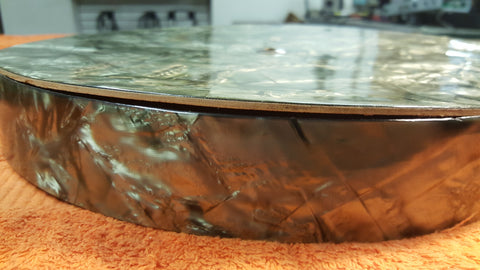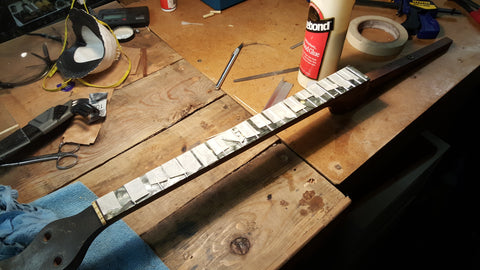- Electric
- Acoustic
- Bass
- Amps
-
Effects
-
Shop by Brand
- Benson
- Boss
- Chase Bliss
- Cornerstone
- Darkglass
- Dirty Haggard Audio
- Dunlop
- Electro Harmonix
- Ernie Ball
- Fairfield Circuitry
- Fender
- GFI System
- Ibanez
- J.Rockett
- JAM Pedals
- JHS
- kittycasterFX
- Maestro
- Mesa Boogie
- Mr. Black
- MXR
- NUX
- Paul Reed Smith - PRS
- Revv
- Ross
- Source Audio
- Spaceman
- Steggo
- Strymon
- Universal Audio
- Vox
- Warm Audio
- Walrus
- Wren and Cuff
- Xotic
- Five Star Select
- Pre-Owned
- Boost, OD & Fuzz
- Compression
- Delay
- Filter
- Loopers
- Modulation
- Multi Effects
- Pitch & Octave
- Reverb
- Wah
- Bass Pedals
- Footswitches
- Utility
- Pedalboards
-
Shop by Brand
- Pro Audio
- Accessories
- Lessons
- Repairs
- More
- Electric +
- Acoustic +
- Bass +
- Amps +
-
Effects
+
-
Shop by Brand
+
- Benson
- Boss
- Chase Bliss
- Cornerstone
- Darkglass
- Dirty Haggard Audio
- Dunlop
- Electro Harmonix
- Ernie Ball
- Fairfield Circuitry
- Fender
- GFI System
- Ibanez
- J.Rockett
- JAM Pedals
- JHS
- kittycasterFX
- Maestro
- Mesa Boogie
- Mr. Black
- MXR
- NUX
- Paul Reed Smith - PRS
- Revv
- Ross
- Source Audio
- Spaceman
- Steggo
- Strymon
- Universal Audio
- Vox
- Warm Audio
- Walrus
- Wren and Cuff
- Xotic
- Five Star Select
- Pre-Owned
- Boost, OD & Fuzz
- Compression
- Delay
- Filter
- Loopers
- Modulation
- Multi Effects
- Pitch & Octave
- Reverb
- Wah
- Bass Pedals
- Footswitches
- Utility
- Pedalboards
-
Shop by Brand
+
- Pro Audio +
- Accessories +
- Lessons
- Repairs +
- More +
- Sign in
- 1-800-317-4637


































